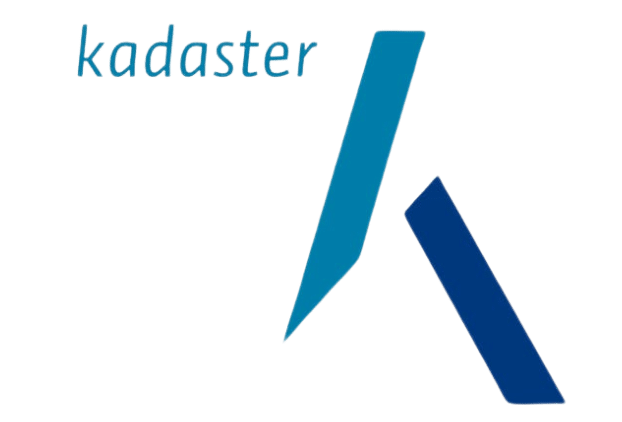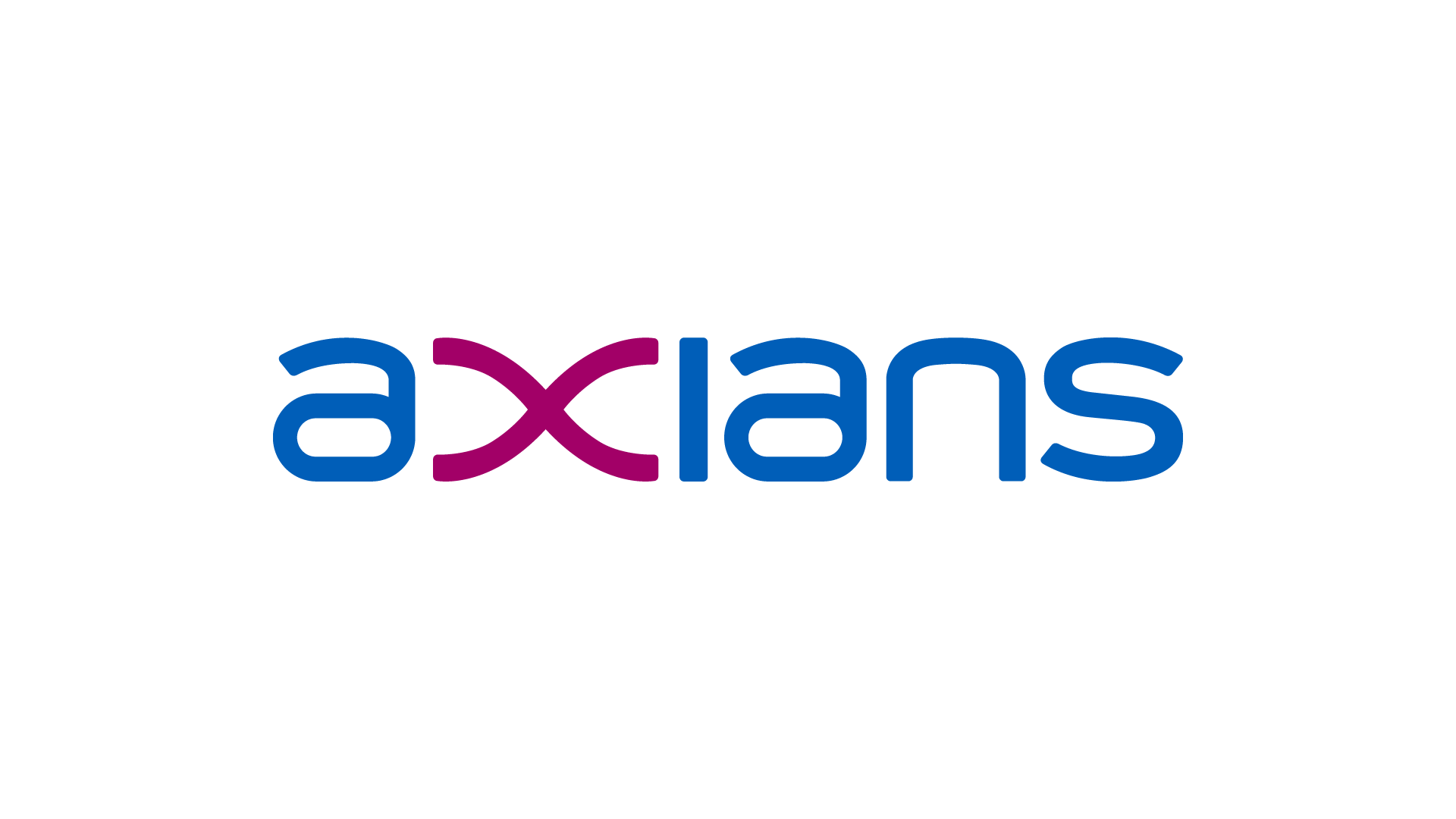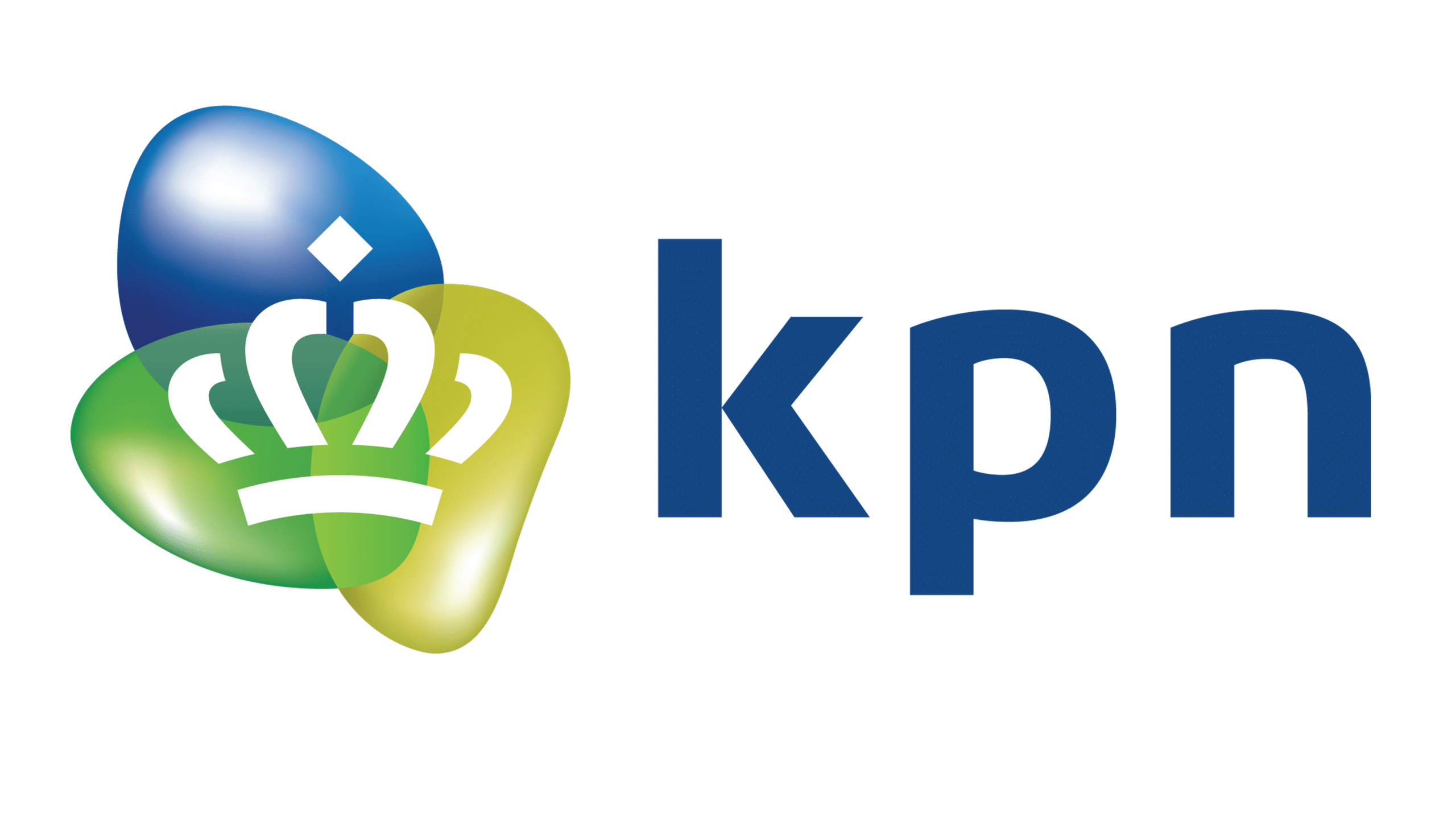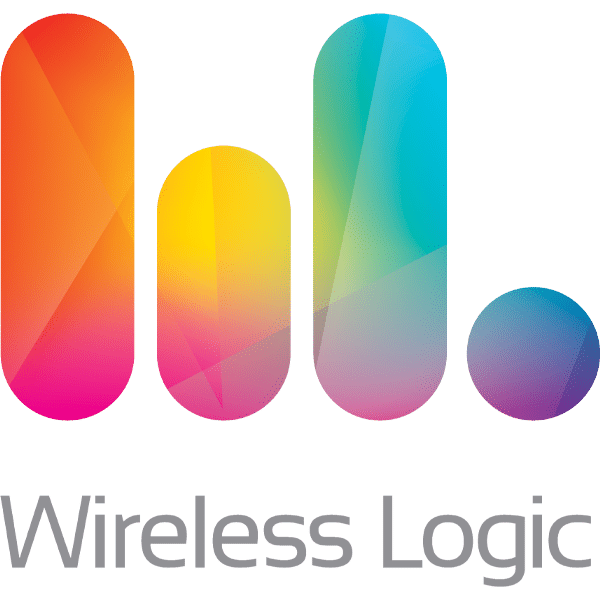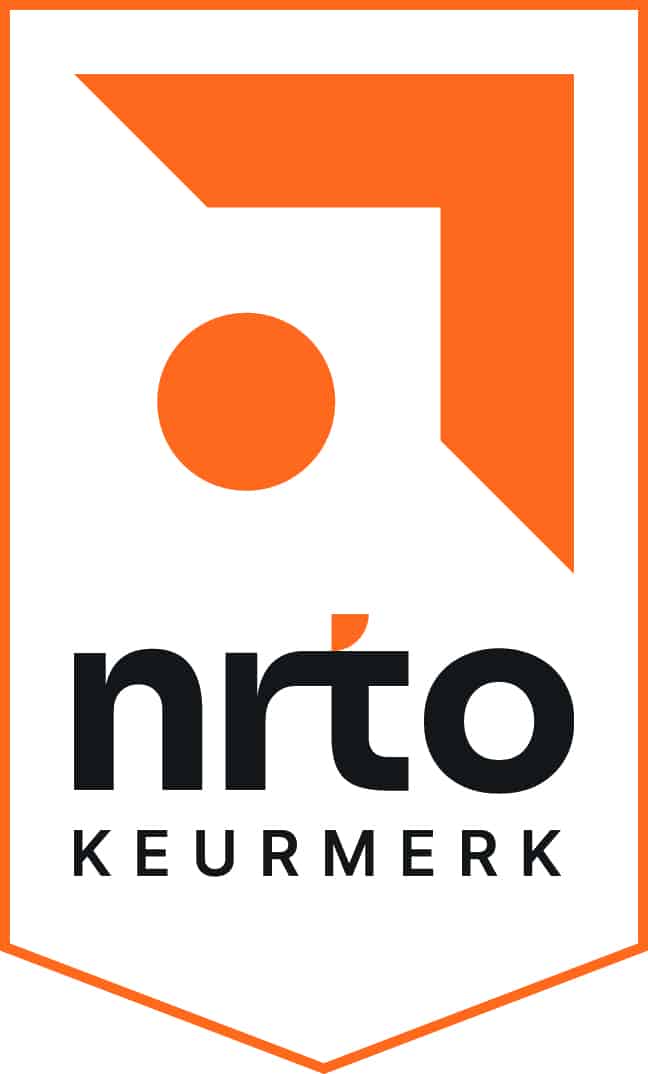Algemene omschrijving
The DP-080 E-Learning is entirely in English. As a Dutch IT training provider, we offer the information on this page in Dutch. At the bottom of the page, you will find a brief summary in English. The topics within the DP-080 E-Learning package itself are described in English.
De DP-080 E-Learning biedt jou een uitgebreide inleiding op Transact-SQL, de taal die gebruikt wordt voor het opvragen en bewerken van data in relationele databases. Door de DP-080 E-Learning door te nemen, zul je de benodigde kennis en vaardigheden verkrijgen om met Microsoft SQL Server, Azure SQL Database en Azure Synapse Analytics te werken.
Verder bestaat de DP-080 E-Learning uit het DP-080 cursusmateriaal en een interactieve labomgeving, waarin je 180 dagen lang kunt oefenen met praktische opdrachten. Binnen de realistische labomgeving zul je praktische vaardigheden opdoen in het uitvoeren van queries, het beheren van data en het bewerken van databases binnen verschillende Microsoft SQL-gebaseerde systemen.
Bovendien is de DP-080 E-Learning uitermate geschikt voor iedereen die met databeheer wil beginnen of zijn/haar kennis en vaardigheden op het gebied van relationele databases uit wil breiden. Door de DP-080 E-Learning door te nemen, zul je een stevige basis in SQL verkrijgen en je voorbereiden op een carrière binnen data-analyse, databasebeheer of applicatieontwikkeling.
Doelgroep
De DP-080 E-Learning is uitermate geschikt voor verschillende professionals die zich willen verdiepen in databeheer en relationele databases.
Dit betreft met name de volgende mensen:
- Softwareontwikkelaars die willen leren hoe zij met Microsoft SQL Server, Azure SQL Database en Azure Synapse Analytics kunnen werken. De DP-080 E-Learning biedt de kennis en vaardigheden om applicaties te ontwikkelen die gebruikmaken van SQL.
- Data-analisten die inzicht willen krijgen in het uitvoeren van queries en het beheren van data binnen relationele databases. De DP-080 E-Learning legt de basis voor het analyseren van grote hoeveelheden data met SQL.
- Databasebeheerders die willen leren hoe zij relationele databases efficiënt kunnen beheren, onderhouden en optimaliseren, binnen zowel on-premise (lokale) als cloudomgevingen, zoals Azure SQL Database.
- ICT-professionals die hun kennis en vaardigheden op het gebied van relationele databases en SQL uit willen breiden om beter voorbereid te zijn op complexe databeheer- en ontwikkelingsprojecten.
- Beginners in het beheren en bewerken van gegevens binnen databases, evenals voor gevorderden die hun expertise uit willen breiden naar een carrière in data-analyse, databasebeheer of applicatieontwikkeling.
Wat is inbegrepen
De DP-080 E-Learning biedt jou een uitgebreide en praktische zelfstudie die je helpt om een sterke basis in Transact-SQL te verkrijgen, de taal die essentieel is voor het werken met relationele databases.
Hier is een overzicht van de inhoud van de DP-080 E-Learning:
- DP-080 cursusmateriaal
- Met het DP-080 cursusmateriaal word je stap voor stap begeleid bij het leren van Transact-SQL en hoe jij hiermee binnen verschillende Microsoft SQL-gebaseerde systemen kunt werken, zoals Microsoft SQL Server, Azure SQL Database en Azure Synapse Analytics.
- Interactieve labopdrachten
- Verkrijg 180 dagen lang toegang tot een realistische en interactieve labomgeving, waarin je kunt oefenen met praktische opdrachten. Deze labomgeving stelt jou in staat om praktische vaardigheden te verkrijgen in het uitvoeren van queries, het beheren van data en het bewerken van databases binnen verschillende omgevingen.
Voorkennis
Voordat je begint met de DP-080 E-Learning, raden wij aan dat jij beschikt over de volgende kennis en vaardigheden:
- Basiskennis van databases
- Een fundamenteel begrip van databases, inclusief de functionaliteiten.
- Begrip van Basis SQL
- Kennis van de basisprincipes van SQL, zoals SELECT-statements.
- Ervaring met Microsoft SQL Server
- Enige ervaring met Microsoft SQL Server of een andere relationele database.
Onderwerpen
Module 1: Getting Started with Transact-SQL
In this module you will learn about the basics of the Transact-SQL (T-SQL) language, as well as general properties and terminology of relational databases. This module will also introduce the basic SELECT statement for retrieving data from a table.
Lessons:
- Introduction to Transact-SQL.
- Using the SELECT statement.
Lab: Get started with SQL Server query tools and writing queries in T-SQL
After completing this module, students will be able to:
- Using a query tool to write and execute queries in Transact-SQL.
- Understand the basic concepts of relational database and the T-SQL language.
- Write SELECT statements to retrieve data from a relational database table.
- Understand basic datatypes and how they are used.
- Understand the basics of NULL values.
Module 2: Sorting and Filtering Query Results
In the module you will learn how to control what data is returned, the order in which it is returned. You will use the ORDER BY clause, with and without paging. You will learn about various kinds of filters that can be used in the WHERE clause to control which data rows are returned. You will also learn how to manage the results by removing duplicates with DISTINCT.
Lessons:
- Sorting query results.
- Filtering the data.
Lab: Sort and filter data returned by SELECT queries
After completing this module, students will be able to:
- Use ORDER BY to sort results from a T-SQL SELECT statement.
- Add a TOP clause to limit the ordered rows returned.
- Page the sorted data with OFFSET-FET.
- Write WHERE clauses to filter the rows returned.
- Use DISTINCT to eliminate duplicate rows in the results.
Module 3: Using Joins and Subqueries
In this module, you will explore T-SQL queries which access data from multiple tables with various kinds of JOIN operations and simple subqueries.
Lessons:
- Using JOIN operations.
- Using subqueries.
Lab: Write queries with JOIN operations
Lab: Write SELECT statements using subqueries
After completing this module, students will be able to:
- Write queries accessing data from multiple tables using JOIN operations.
- Understand the differences between type of JOIN operations: INNER JOIN, OUTER JOIN, CROSS JOIN.
- Understand how to join a table to itself with a self-join.
- Write subqueries within a SELECT statement.
- Understand the difference between scalar and multi-valued subqueries.
- Understand the difference between correlated and self-contained subqueries.
Module 4: Using Built-in Functions
In the module you will explore the use of built-in functions for returning computed or special values in the SELECT list or in the WHERE clause. Functions include math functions, string functions and system functions. There are other types of functions that will be mentioned, but not discussed in detail. You will also learn how to combine rows of data into a single group, providing summary information for the group such as SUM, MIN or MAX.
Lessons:
- Getting started with scalar functions.
- Grouping aggregated results.
Lab: Built-in functions
After completing this module, students will be able to:
- Write queries using scalar functions.
- Write queries using aggregate functions.
- Use GROUP BY to combine data into groups based on a common column value.
- Understand how HAVING is used to filter groups of rows.
Module 5: Modifying Data
In this module, you will learn the T-SQL statements for modifying table data including UPDATE, DELETE and MERGE as well as various options for INSERT including creating a new table with data from an existing table. You will also look at how to have the system automatically supply values for columns as the data is inserted.
Lessons:
- Inserting data into tables.
- Modifying and deleting data.
Lab: Modify data
After completing this module, students will be able to:
- Insert data into an existing table.
- Specify that a column should be automatically populating with an IDENTITY or a SEQUENCE value.
- Modify data using the UPDATE statement.
- Delete data using the DELETE statement.
- Modify data using MERGE to synchronize two tables.
English Summary
The DP-080 E-Learning provides a comprehensive introduction to Transact-SQL, the language used for querying and modifying data in relational databases. By completing the DP-080 E-Learning, you will gain the skills needed to work with Microsoft SQL Server, Azure SQL Database, and Azure Synapse Analytics. The DP-080 E-Learning includes the DP-080 course materials and 180 days of access to interactive labs where you can practice queries, data management, and database modifications. The DP-080 is appropriate for anyone starting with data management or looking to expand their knowledge of relational databases and SQL.







